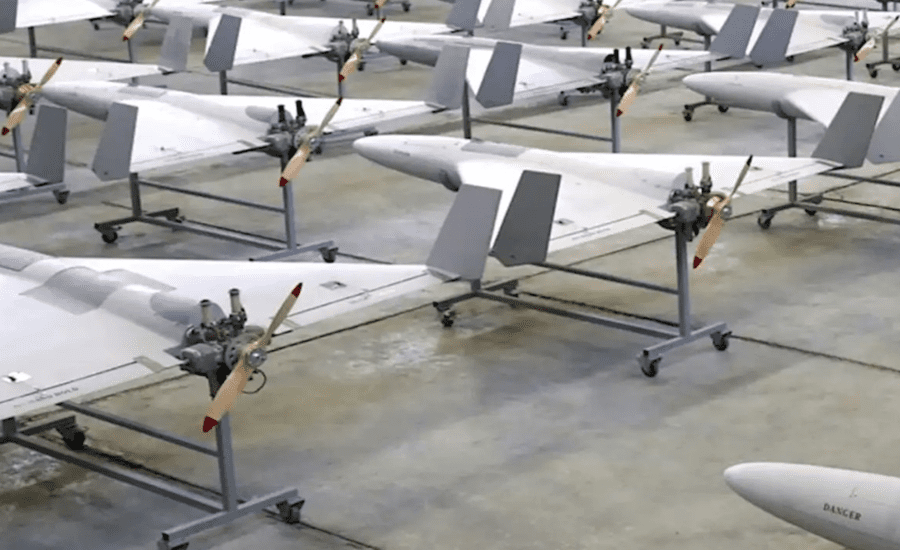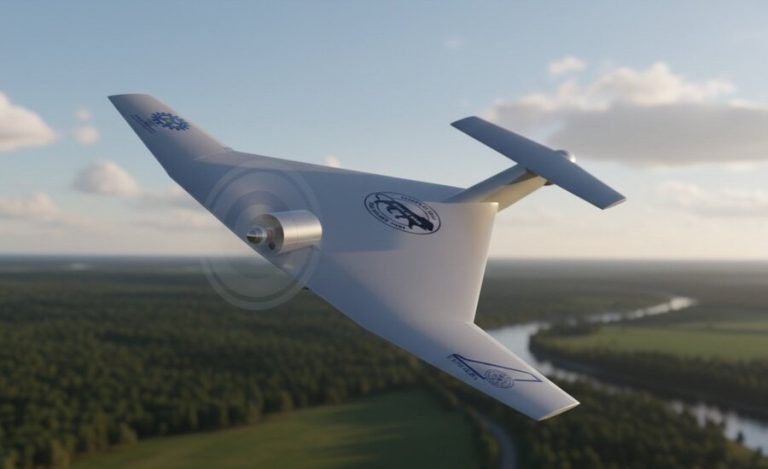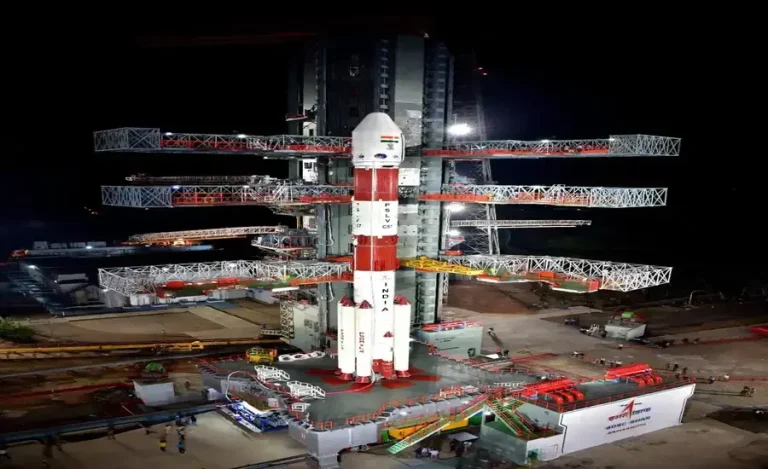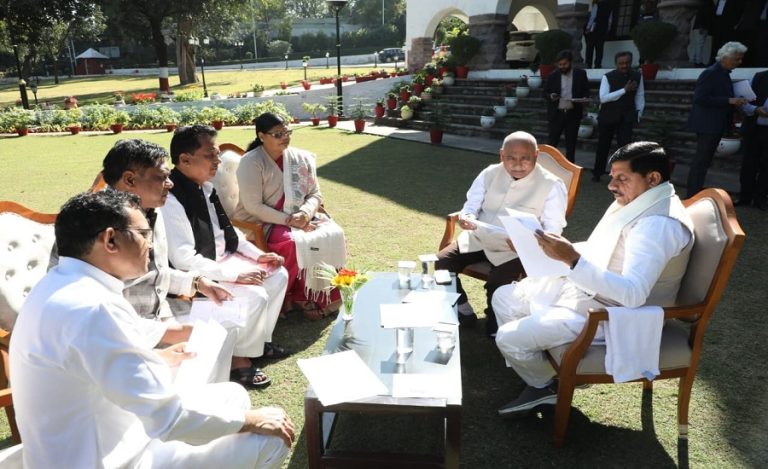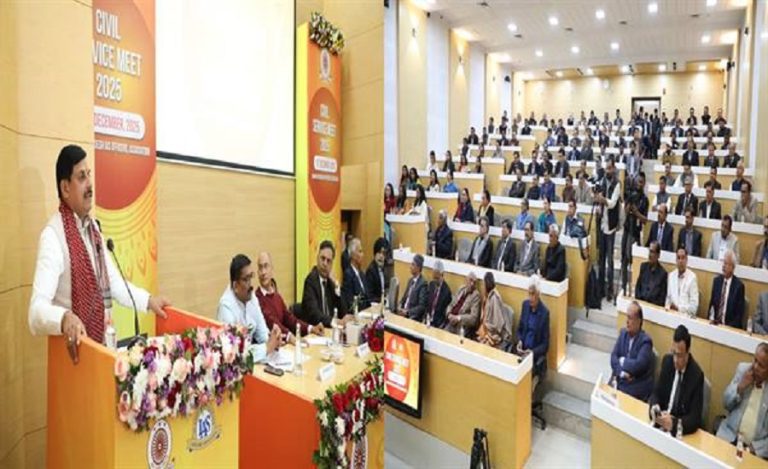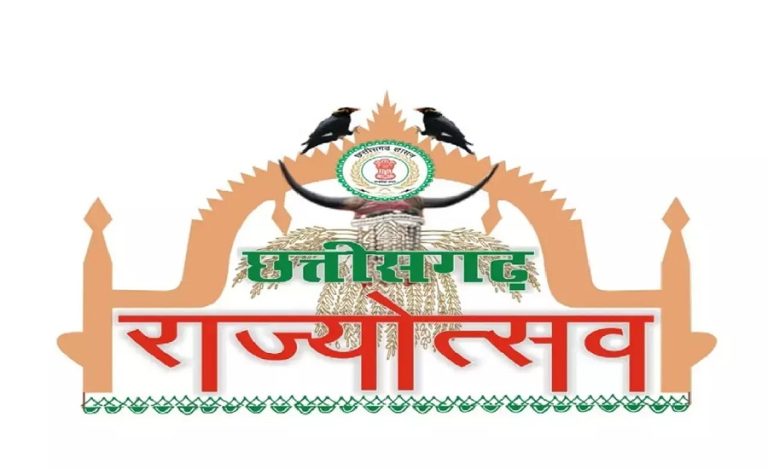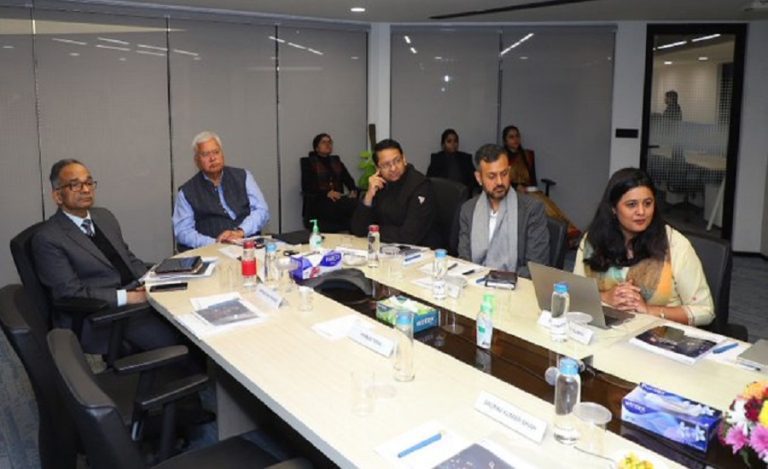India’s quest for strategic autonomy in defence has gained major momentum with a landmark collaboration between Larsen & Toubro (L&T) and General Atomics Aeronautical Systems Inc. (GA-ASI) of the United States. Announced on October 31, the partnership will pave the way for joint manufacturing of advanced combat-proven drones in India, reinforcing the nation’s goal of building an indigenous unmanned aerial capability.
This collaboration comes just as the Ministry of Defence (MoD) prepares to float a tender worth about Rs. 30,000 crore for 87 Medium Altitude Long Endurance (MALE) drones. The upcoming program will allow Indian companies to collaborate with global aerospace firms, marking a new era of public–private and international partnerships under the ‘Atmanirbhar Bharat’ framework.
Boost to Defence Manufacturing and Technological Self-Reliance
Industry insiders reveal that the upcoming drone procurement process will adopt a dual-vendor model, dividing production 64:36 between two Indian firms. This model aims to build two parallel production lines, enhance supply chain resilience, and cut delivery timelines.
Through this structure, India will not only meet domestic defence requirements but also position itself as a future exporter of unmanned aerial systems (UAS). The L&T–GA-ASI collaboration is expected to lead to the production of MQ-series UAVs, including the battle-proven MQ-9 Reaper—a globally recognized platform for its endurance, precision targeting, and surveillance capabilities.
Complementing India–US Defence Cooperation
This new industrial partnership complements India’s government-to-government deal with the United States for 31 MQ-9B Predator drones, classified as High Altitude Long Endurance (HALE) systems. The Predator fleet is expected to bolster maritime and border surveillance, though deliveries are likely around 2029–2030.
Meanwhile, the L&T–GA-ASI project will fast-track domestic manufacturing of MALE-class drones to ensure India develops operational capability well before the HALE induction.
Building on Decades of Indigenous UAV Development
India’s drone journey began in the 1980s with the DRDO’s Lakshya program, followed by Nishant and the Rustom series, which evolved into TAPAS (Tactical Aerial Platform for Advanced Surveillance). These initiatives established the country’s engineering foundation in UAV propulsion, avionics, and control systems.
The ongoing TAPAS program, valued at around Rs. 2,000 crore, alongside projects such as ARCHER and SETB, reflects India’s evolving strategy to integrate private sector innovation with government-led research.
Despite challenges in propulsion and endurance, these indigenous programs—when paired with global partnerships like L&T–GA-ASI—are expected to accelerate India’s transition from assembly-based production to full-spectrum drone design and manufacturing.
Strategic Impact: From Importer to Drone Powerhouse
Experts highlight that India’s future success will hinge on synchronizing the efforts of the DRDO, private industry, and the armed forces. Defence analyst Dr. Sanket Kulkarni noted that “the same collaborative model that strengthened India’s artillery and naval programs must now drive UAV innovation.”
The collaboration with General Atomics embodies this philosophy by combining American combat technology with Indian manufacturing expertise, setting the stage for a self-sustaining UAV ecosystem.
A Vision for the Skies: Drones Made and Designed in India
As modern warfare evolves, drones are transforming from support systems into central tools of tactical dominance. For India—flanked by two nuclear neighbours and surrounded by vast maritime zones—unmanned aerial superiority is no longer optional; it is strategic necessity.
The L&T–GA-ASI partnership symbolizes India’s emergence as a next-generation defence hub, integrating technology, policy, and manufacturing excellence. It is not merely about building drones—it is about building capability, confidence, and national security from within.

